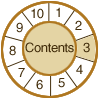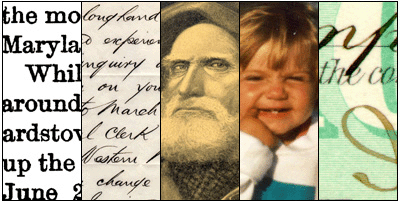
3. Conversion
Key Conceptsintroduction
scanning factors
rich digital master
benchmarking
text
stroke
continuous-tone halftone
proposed method guidelines
additional reading

INTRODUCTION
Digital image capture must take into consideration the technical processes
involved in converting from analog to digital representation as well as
the attributes of the source documents themselves: physical size and presentation,
level of detail, tonal range, and presence of color. Documents may also
be characterized by the production process used to create them, including
manual, machine, photographic, and more recently, electronic means. Further,
all paper- and film-based documents will fall into one of the following
five categories that will affect their digital recording.
Document Types

Document Types: Left to right - printed text, manuscript, halftone, continuous tone, and mixed.
© 2000-2003 Cornell University Library/Research Department